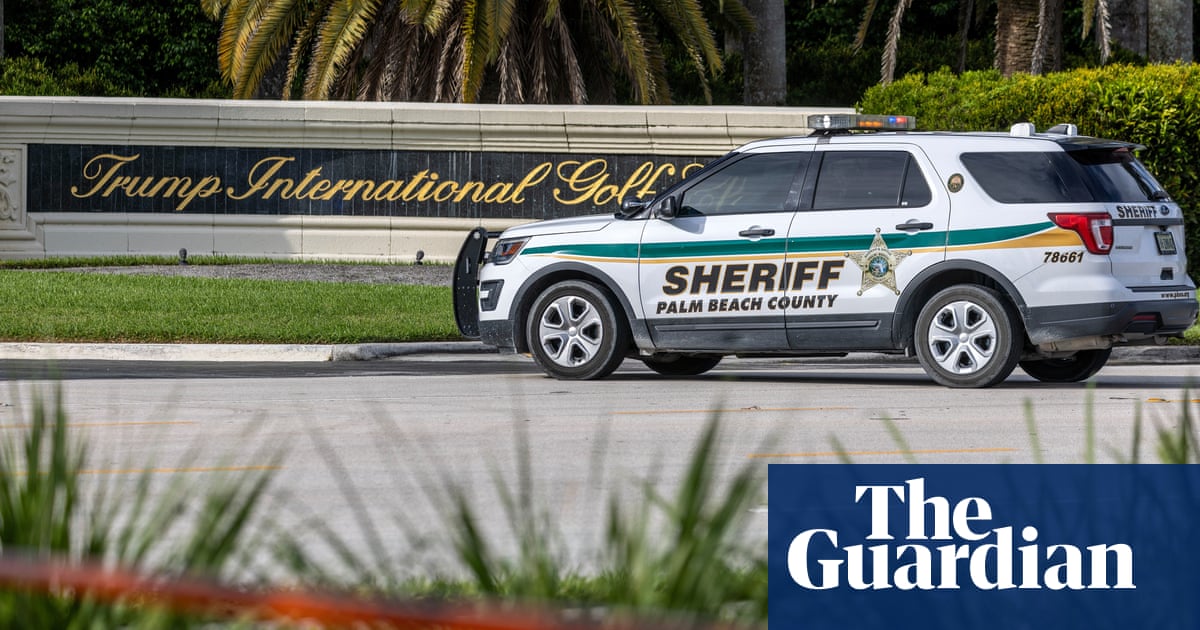After a summer of turmoil, Boeing’s Starliner spacecraft is heading home — without any astronauts onboard.
The uncrewed capsule undocked from the International Space Station Friday at 6:04 p.m. ET. That departure marked the start of a roughly six-hour journey back to Earth, which will culminate in a landing at New Mexico’s White Sands Space Harbor shortly after midnight.
NASA said that, if conditions were clear, parts of the Southwest and western Mexico could catch a glimpse of Starliner streaking across the sky en route to its landing site.
Starliner launched to the space station with NASA astronauts Butch Wilmore and Suni Williams in early June. It was the capsule’s first crewed test flight, a mission expected to last around eight days. But problems with the spacecraft’s thrusters and leaking helium in its propulsion system unexpectedly kept Starliner parked at the orbiting outpost for the last three months, as engineers on the ground assessed how to safely bring it back to Earth.
After weeks of tests and analysis, NASA determined that the capsule’s propulsion system appeared stable, but the thruster issues posed too much of a risk for Starliner to return with a crew. The space agency instead opted to keep Wilmore and Williams aboard the space station into the new year and have them fly back to Earth in February on a SpaceX capsule.
Wilmore and Williams were on hand to help with Starliner’s departure from the space station.
“We have your backs, and you’ve got this,” Williams radioed to mission controllers at NASA’s Johnson Space Center in Houston prior to the capsule’s undocking. “Bring her back to Earth. Good luck.”
Starliner’s return journey will be closely watched, as it marks the end of a dramatic few months for Boeing and NASA. The test flight was meant to demonstrate that the spacecraft could reliably ferry astronauts to and from low-Earth orbit, thereby paving the way for NASA to certify Boeing to conduct regular trips to the space station.
Instead, the thruster issues became the latest major setback for Boeing’s Starliner program, which even before the launch was more than $1.5 billion over budget and years behind schedule. An uncrewed test flight that NASA required of Boeing before its spacecraft could carry astronauts also went awry the first time, and the company had to repeat it in 2022.
NASA officials said earlier this week that the space agency is working with Boeing on modifications to Starliner’s thrusters. Additional analysis will be carried out once the vehicle is back and engineers have had a chance to evaluate how it performed.
To account for potential thruster malfunctions as Starliner begins its trip home, flight controllers modified the capsule’s normal undocking process. After detaching from the space station, Starliner will autonomously fly up and away from the orbiting outpost to protect the space station in case something goes wrong.
Several hours later, Starliner’s engines will fire a “de-orbit burn” to send it plummeting through Earth’s atmosphere. As it nears its landing site in New Mexico, parachutes will be deployed to slow the capsule, and airbags will deploy underneath the spacecraft to cushion its touchdown.
Boeing developed its Starliner spacecraft under NASA’s Commercial Crew Program, an initiative launched in 2011 to support privately built space vehicles in order to fill the gap left by NASA’s retired space shuttles. Rival company SpaceX developed its Crew Dragon spacecraft as part of the same program and has been conducting routine flights to and from the space station since 2020.
This article was originally published on NBCNews.com

 German (DE)
German (DE)  English (US)
English (US)  Spanish (ES)
Spanish (ES)  French (FR)
French (FR)  Hindi (IN)
Hindi (IN)  Italian (IT)
Italian (IT)  Russian (RU)
Russian (RU)  1 week ago
1 week ago























Comments